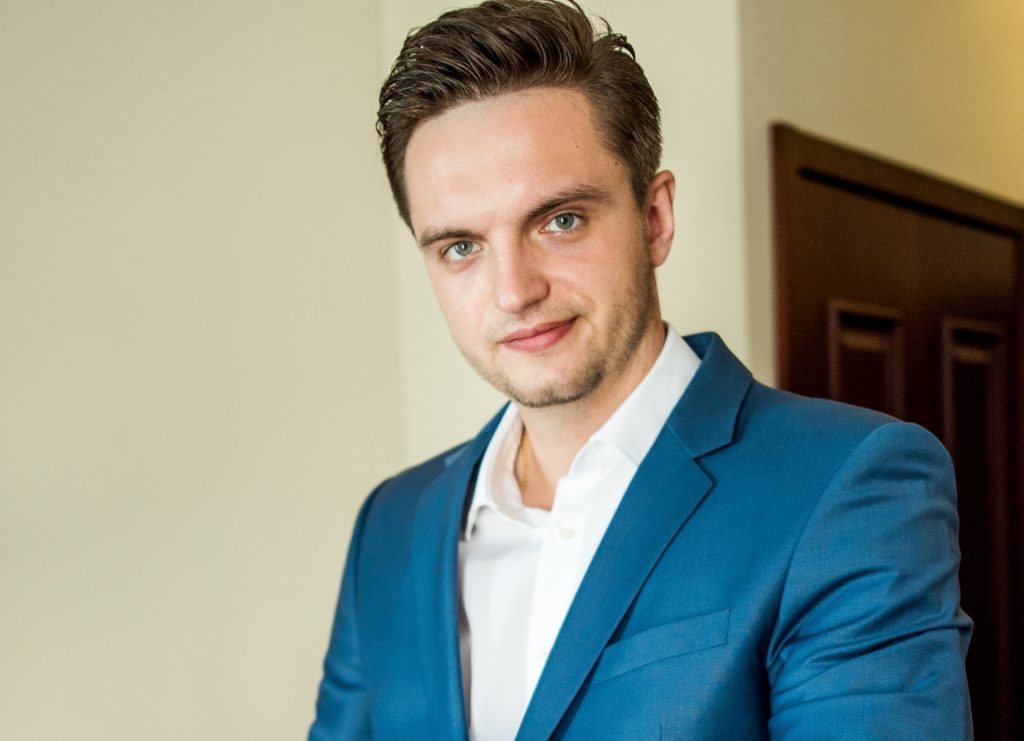Launched in July 2007 and expanding ever since, HotCity, Luxembourg-City’s wireless internet network, is widely considered one of the most successful municipal networks in Europe. Even so, coverage is still not as complete as it could be and although the installation of further access points is foreseen, the City found itself looking for a more cost-effective and efficient way to enhance connectivity.
In a Public-Private-Partnership with Telindus Luxembourg, the firm responsible for the installation of HotCity, Yves Neisius, an AFR-funded PhD student with the University of Luxembourg’s Interdisciplinary Centre for Security, Reliability and Trust (SnT) is currently investigating the possibility of integrating private access points into the existing HotCity infrastructure. After all, with so many households boasting their own connection, wireless Internet per se is already omnipresent in the city.
Wireless hotspots resemble two-way radios
Wireless technology uses radio waves: an access point, or so-called hotspot, can receive or send data much like a two-way radio. On the opposing end of this data stream are Wi-Fi enabled devices such as computers, PDAs or smartphones. On both sides, electrical signals are converted into radio waves, sent, received and reconverted into electrical signals. Each hotspot is directly linked to a router with a physical, wired ethernet connection providing Internet access. A hotspot’s radio signal is omnidirectional with a potential range of several hundred metres.
However, it can be easily attenuated. Radio waves do not travel well through concrete; and even trees’ leaves can significantly reduce the signal’s strength. Both are factors that need to be taken into account when defining the number and position of access points for a meshed network like HotCity. After all, in order to achieve complete coverage, the access points’ signals need to overlap at all times.
There are two ways around this: either install a very high number of very expensive secure access points like the ones HotCity currently operates with, or use what is already available and include private Wi-Fi points into the system.
Pros and cons of private Wi-Fi
It is a tricky question. Including private Wi-Fi has two big advantages: firstly, public investment can be decreased, while, secondly, coverage is actually enhanced. In combination with favourable conditions of use for private providers, for example by granting free internet anywhere in the HotCity zone to people opening up their home connection, this scenario could be a win-win situation.
However, the security of the network could be compromised. HotCity’s network to date is protected and closed. A client attempting to connect to the Internet will first reach the central network’s portal and then be directed online via a controlled connection. Private access points would change this: a client connecting via a private hotspot would need to use an Internet connection just to reach the portal, resulting in increased uncertainty and reduced control of the HotCity network.
Easy tampering with private access points
Furthermore, private access points can easily be tampered with. A simple move could potentially fake all localisation results in an area. Localisation involves triangulation: a Wi-Fi enabled device trying to determine its position will receive signals from all access points that are within sending reach. The gathered information is forwarded to the HotCity portal, where computers calculate the device’s position according to signal strength and access point location.
The location of HotCity access points is known with absolute certainty; private access points, on the other hand, bring uncertainty into the equation. If a user has registered his hotspot to a certain address, but has plugged it in somewhere else, possibly kilometres away, the whole localisation result becomes incorrect. Not very reassuring, considering that correct localisation could be of direct relevance for the successful running of some public services.
Trusted access points crucial
The questions Neisius needs to answer are: what kind of an adverse impact can private providers have on the HotCity network? How can they tamper with the system and how can this be prevented? In the case of localisation, the answer is relatively easy: as long as there are enough known and trusted access points to compensate for unreliable ones, the calculation remains true. Incidentally, the same applies to a variety of other issues. Finding out exactly how many trusted access points are needed in order to guarantee a reliable and secure system is just one of his tasks though.
Before solving the security and legal issues that will potentially be cropping up, Neisius has to jump the steepest hurdle of the project: developing the actual technology required to first enable private hotspots to function as HotCity access points. In that area, he can claim success though. The first working prototype of such a hotspot has been designed, built and integrated into the network and awaits further testing. Neisius is highly pleased with the possibilities the Public-Private-Partnership with Telindus is offering him.
Prototype developed
The software design for the prototype required extensive practical knowledge about the functioning of the HotCity network: working directly with the Telindus team with their profound knowledge of the net was extremely advantageous. Neisius generally likes the involvement at industry level: “My work here has direct implications on industrial development. Additionally, I get to experience the internal workings of a business first hand.”
Adding private access points to a hitherto closed system is tricky and raises more than just a few security questions – once those issues are solved however, the system could not only provide complete coverage for the city of Luxembourg but would be potentially transferable to any other city. Furthermore, pervasive, city-wide internet coverage would provide substantial possibilities for IT and other research; in view of Luxembourg’s aim to increase its IT sector, this is of particular interest for the country.
For Neisius himself, the ultimate success would be to bridge the gap between theoretical and applied science, to develop theoretical scientific knowledge through and for practical applications.
This case study was originally featured in the 2010 FNR Annual Report






